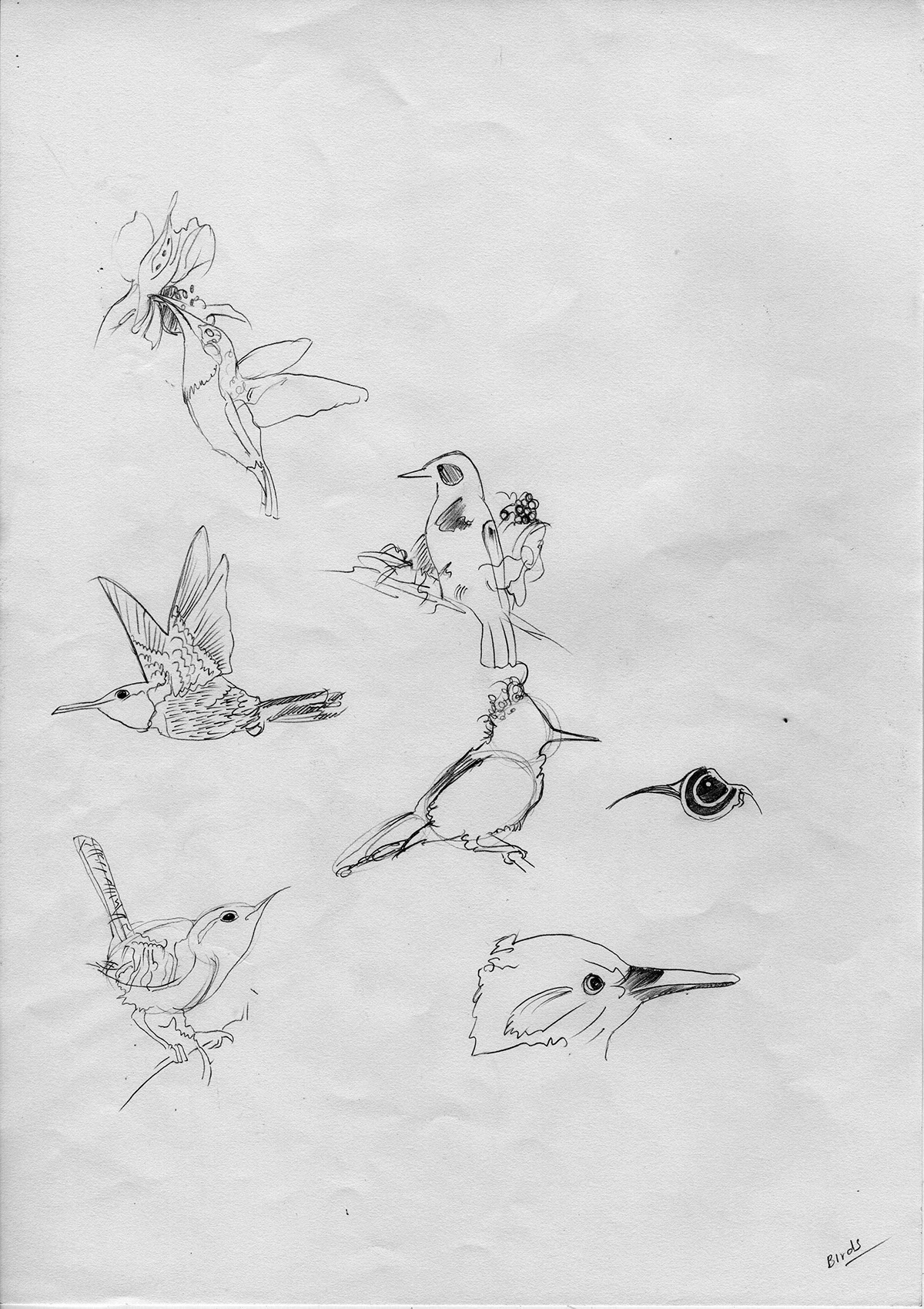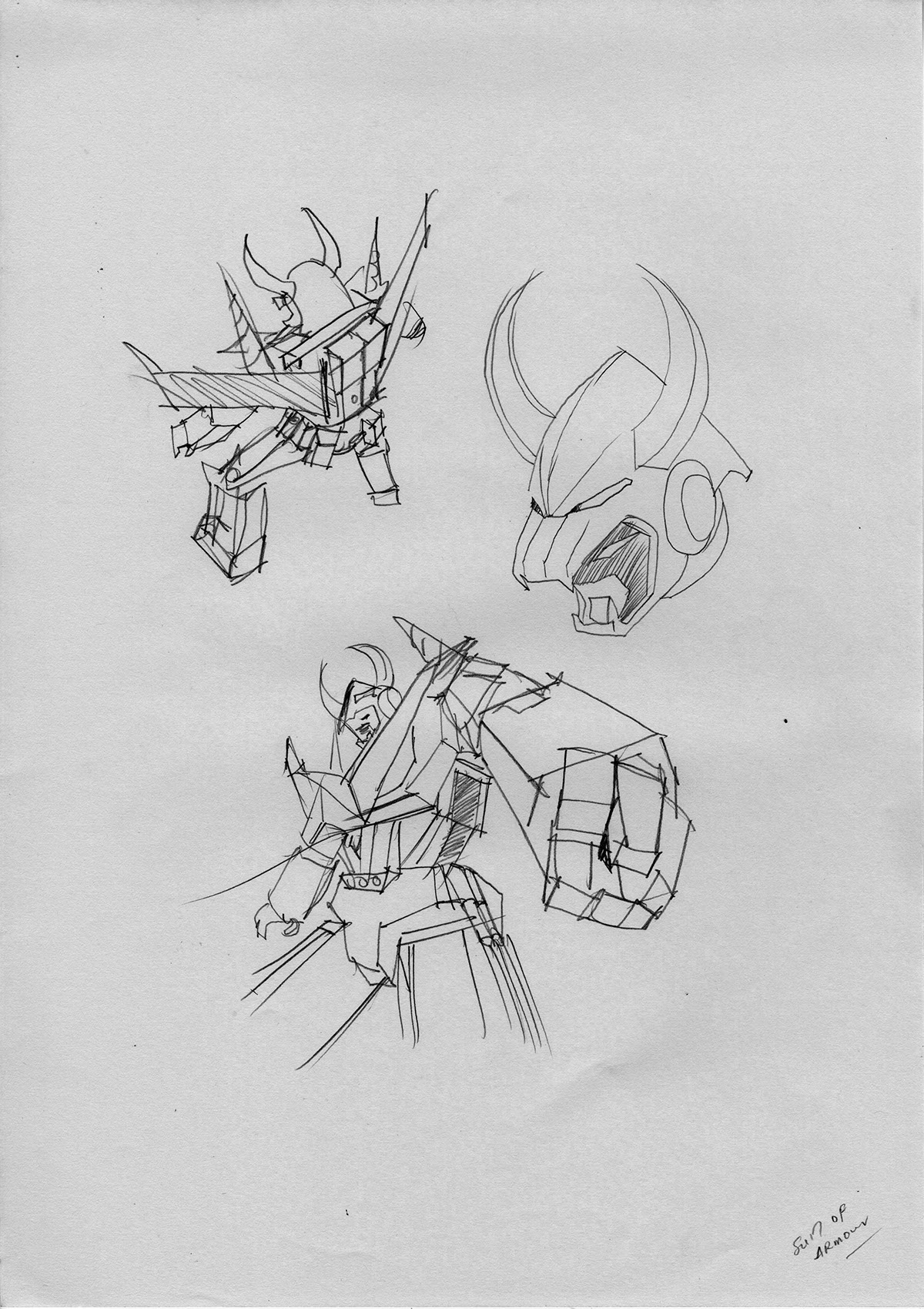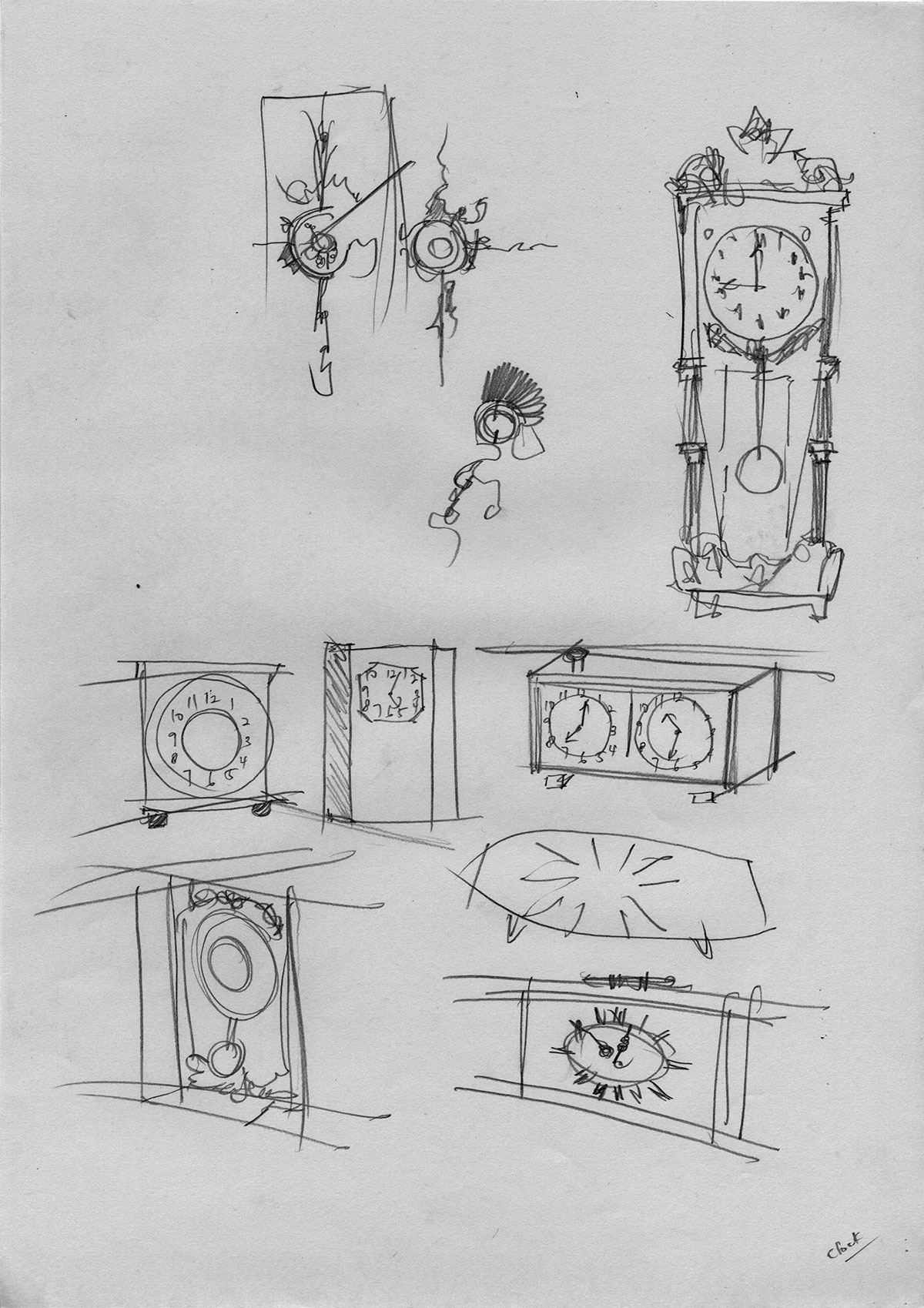Drawing, Part 1, Imagination
_____
Look at what you are drawing
_____
Look at what you are drawing
The only way to record shape, proportion and detail accurately is to look at the source of information. To produce an observational drawing, your eyes must continually dance from the piece of paper to the object and back again.
Understand perspective
As objects get further away they appear smaller. Use grids, guidelines or rough forms to get the proportions right before adding details.
It allows to focus on one small segment of the image at a time and gives arbitrary lines from which distances can be gauged.
Keep the outlines light
Real objects do not have dark lines running around every edge. Edges should instead be defined by a change in tone and/or colour.
If producing a line drawing, a cartoon or some other graphic image, outlines may be darkened.
Have a good range of tone
Observe the light and dark areas are and shade what you see.
Aim and Direction
A series of drawing exploration that documents my drawing techniques process through the art of drawing. The method of experiment is to draw from three different state from imagined, observed and from memory. Having discover the drawing techniques, how much can achieve through observation, how to capture the essence of the chosen item and to be daring
It also allows for personal discoveries of markmaking in identifying and understanding the works when producing an observational drawing, the mark-making used and what should help to convey the texture(s) of the subject matter. Different mediums and markmaking approaches were also explored through these drawings, which will create a a good range of style and techniques used.
*Insert your own soul
Take a break before finishing.
Medium: 2B, 4B, 6B, 8B graphite pencil









